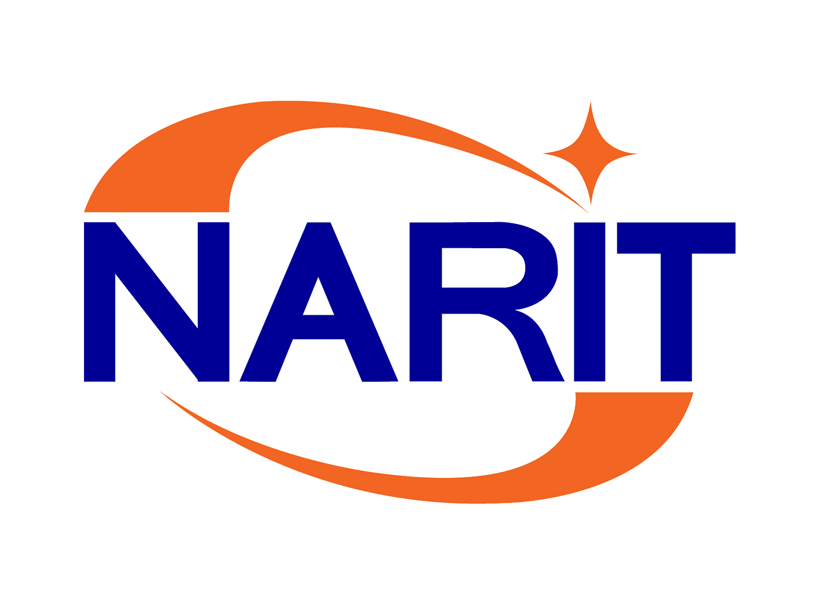Technical challenges of an EVA system
We will initially deploy EVA at an arctic site like PEARL. This poses additional technical challenges in the design, testing and on-site operations, with respect to a mid-latitude system such as the one at Cerro Tololo (EVC). EVA is designed to be a completely robotic and autonomous system. Unattended operation and the dozens of separate camera systems necessitate designing for high reliability and a minimum of moving parts. Our design uses interline CCDs with an electronic shutter and a single filter per camera. The instrument can thus operate throughout the winter with the R.A. drive as the single moving part.
The EVA system at PEARL must be able to survive:
1) -50°C external temperatures, including the possibility of a cold soak for all internal components in the case of a power outage.
2) 100+mph winds with blowing snow during storm events.
In the following we list the critical points of an EVA with respect to the already built EVC, starting with the requirements for arctic operation and then with those for the Antarctic:
Power: ~1kW will be required to run EVA at PEARL at full load capacity, including all computers, cameras, the mount and all ancillary hardware. The Evryscope hardware runs from a common 12V bus, which must be capable of providing ~100A of current. Power supplies tend to be the most problematic items with respect to low temperatures. Electrolytic capacitors tend to freeze and stop working while below ~-50C. We have two plans to tackle this challenge: 1) to purchase properly cold-rated power supplies and test them before deployment. These power supplies would run inside the heated mushroom at a temperature ~5-0C most of the time, except when an outage occurred. 2) an alternative plan is putting lower-spec 12V supplies in a warm room near the telescope.
Heating system: EVA’s “mushroom” (dome) and mount base will need to be protect from the Arctic conditions all the equipment, mechanics and electronics inside. This protection will be achieved by weather-sealing the whole structure, and building a heating and air circulation system that warms the camera electronics and keeps the optical surfaces clear of snow and ice. The heating will be largely performed by waste heat from the camera thermoelectric CCD cooling systems, with supplemental heaters available in high wind conditions.
Cameras windows snow and ice sublimation: Again, as in the case of AWCams (Arctic Wide-Field Cameras, already installed at PEARL), EVA’s camera windows will need to be designed to maintain a temperature just below freezing on their external surfaces, so accumulated snow and ice slowly sublimes away rather than melting and possibly pooling and refreezing elsewhere. This strategy has proved successful through several feet of snow accumulation over three winters for AWCams.
Snow accumulation prevention system: PEARL has occasional winter storm episodes with wind speed as high as 40m/s that can drive up to 3 feet of snow on EVA’s mushroom and mount base sides. In order to remove that snow accumulation after the storm, EVA mushroom and mount base will have two active systems for that purpose. First, stiff rubber strips will be installed all the way the bottom part of the mushroom rim and the upper part of the mount base rim. Second, thermoelectric heaters will be installed inside the bottom part of the mushroom and the upper part of the mount base. These will slowly sublime away the snow that could have accumulated inside the rubber strips.
Unmanned site: PEARL is an unmanned site during winter. Thus EVA control system (software & hardware) must be totally autonomous, including a simple and bandwidth cheap way to get a complete diagnostic in case of manual remote intervention is required. At the time of writing, we have 7 months of experience of autonomous control and operations of EVC, and the system is operating very reliably. Thus, the EVC to EVA control system migration should be straightforward, especially as no dome control is needed.
Tests and refurbishments for the South Pole: Our ultimate goal is to locate EVA at the South Pole as well. The experience gained in operatating EVA at PEARL will be of crucial importance as many of the problems facing an antarctic deployment can be extensively tested. Among them, the issues of ice formation, snow removal, unattended operation, limited servicing, data transfer.
The South Pole is however a much more extreme environment than the Arctic. For example, while the minimum ambient temperatures are about -40C at PEARL, they can reach -80C at the South Pole. We don’t plan to expose our hardware directly to such conditions: inside the “mushroom” shell, the lenses, electronics, detectors will be operated normally at about 0C, thanks to the presence of heaters and of thermal dissipation. However, we have to foresee the case of possible prolonged black-outs. In this case, the equipment inside the shell might slowly drop to ambient temperature. From there, when the power is back, the heaters would bring the temperature again to normal operating values (a process which could last up to one day), then the electronics would be switched-on again and operations would resume.
Cold-soak tests: such extreme thermal cycles might have a significant impact on the materials, and to make sure that our design is safe in this respect we have planned extensive tests. First, we have purchased a test set of lens, detector, and electronics, from the same companies from which we will purchase the final components. This test set has been subjected to repeated thermal cycles between room temperature, 0C, and -80C to simulate the effects of a possible long-term blackout during the coldest times at the South Pole. The results of these tests, carried out using equipment provided by the University of New South Wales in Sydney in January 2016, were positive. Further, we plan to procure custom-made power supplies in the first part of 2016 and to test them as well.
